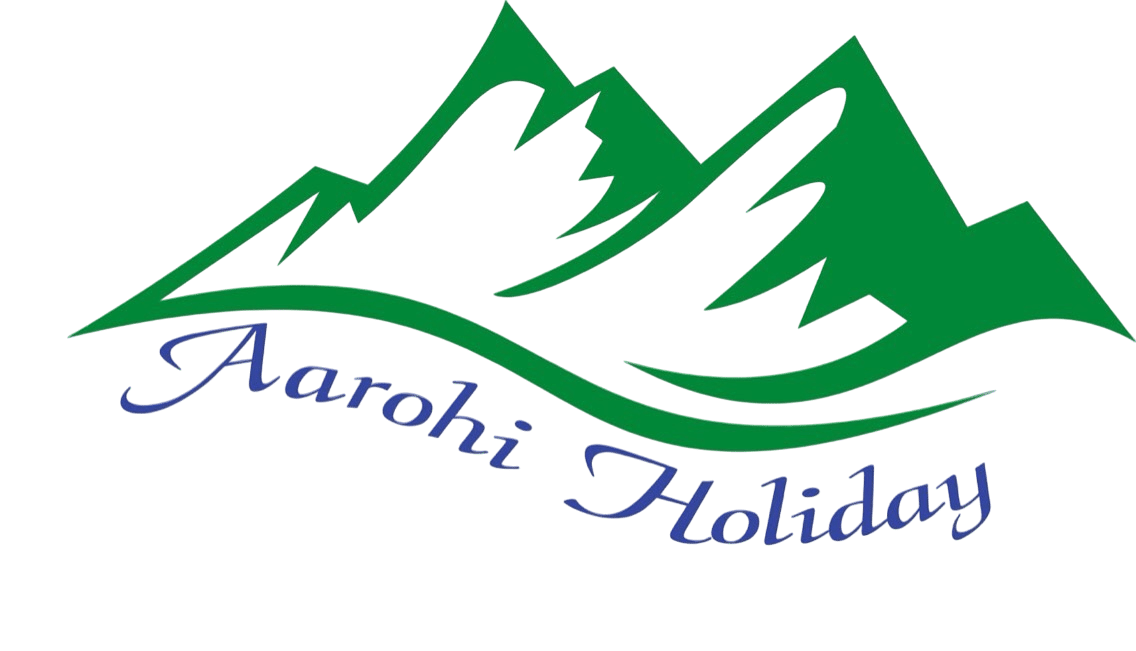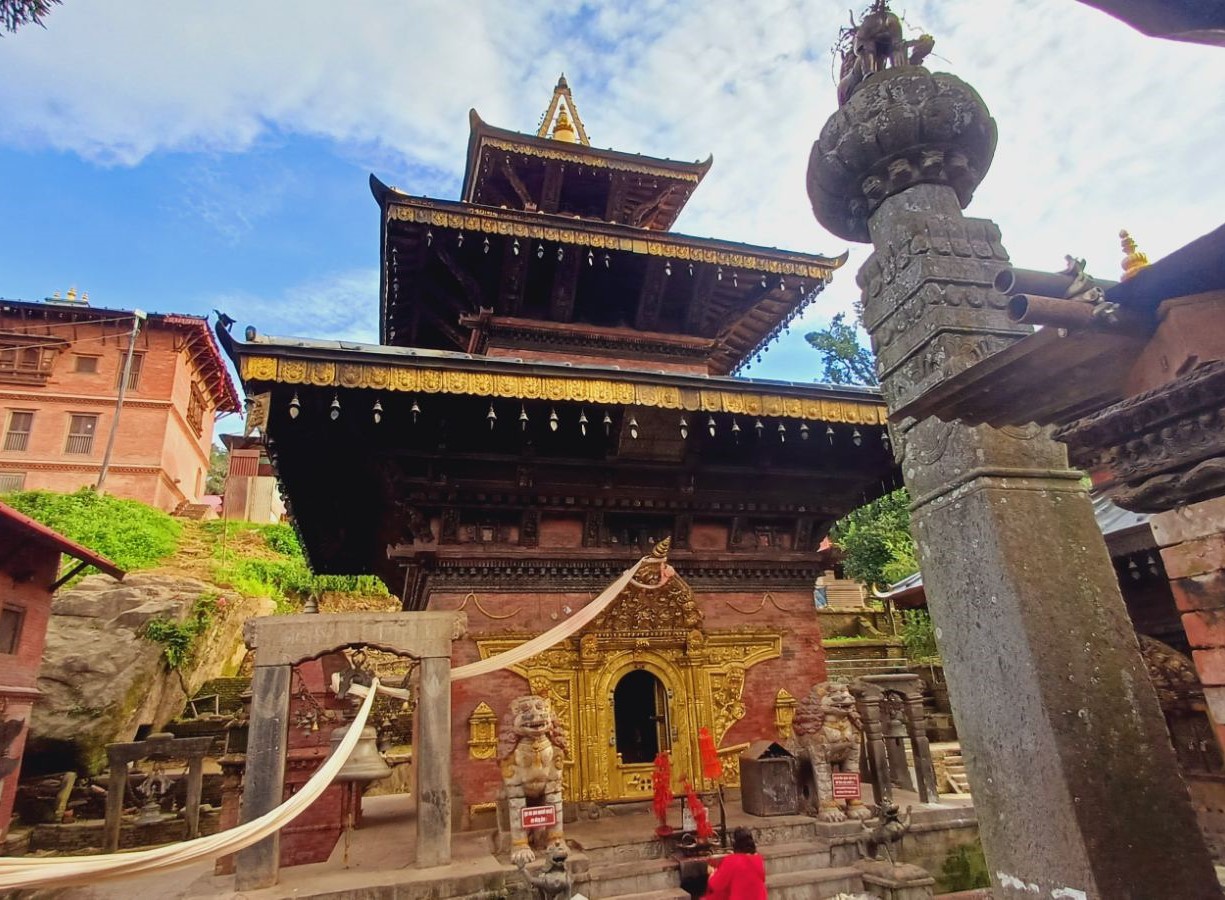US $1050
Padmasambhava Pilgrim Tour Overview
Explore the profound and enduring legacy of Padmasambhava, also known as Guru Rinpoche, a highly revered Buddhist master and the revered founding figure of Tibetan Buddhism. Regarded as the embodiment of wisdom and compassion, Padmasambhava made remarkable and indelible contributions to the spiritual landscape of Tibet, most notably through his establishment of the historic Samye Monastery, the very first Buddhist monastery in Tibet.
Padmasambhava’s spiritual odyssey transcended the borders of Tibet, as he embarked on sacred pilgrimages to numerous holy sites in Nepal. In these sacred locales, he not only paid homage but also imparted his profound wisdom, diligently practiced the teachings of the Dharma, and forever left a profound imprint. Embracing the spirit of this transformative journey, Aarohi Holiday presents the extraordinary Padmasambhava Circuit Tour, inviting you to walk in the footsteps of this extraordinary master and immerse yourself in the rich spiritual heritage of Namobuddha, the mystical confines of Pharping’s Asura cave, the historical treasures of Bhaktapur, the divine pilgrimage site of Maratika, the sacred grounds of Sankhu’s Milarepa cave and Vajrayogini, and the tranquil serenity of Nagarjung’s Jamacho Gumba.
Join us as we embark on this sacred sojourn, allowing us to establish a profound connection with the timeless teachings and profound history of Padmasambhava. Through this unparalleled spiritual expedition, we aspire to inspire all to delve into the depths of their own spiritual awakening and discover the infinite potential within.
Route Padmasambhava Pilgrim Tour
Your spiritual journey begins in Kathmandu, where our team will welcome you and take you to your hotel. From there, we drive to Namobuddha, an important Buddhist pilgrimage site, where you can explore the monastery, stupas, and serene surroundings while learning about Padmasambhava’s connection to the area.
The next day, we travel to Pharping to visit Guru Rinpoche Cave and Vajrayogini Temple, immersing in the sacred atmosphere before returning to Kathmandu. On Day 4, we explore the historic city of Bhaktapur, experiencing its temples, courtyards, and traditional Newar culture. Days 5 and 6 take us to Maratika at 1,400 meters, where you can visit sacred caves, meditate, and experience the spiritual essence of the site. On Day 7, we return to Kathmandu and enjoy a day of rest and local exploration.
We continue the pilgrimage to Sankhu, visiting Milarepa Cave and other spiritual sites before returning to Kathmandu on Day 9. On Day 10, we drive to Nagarjung at 2,128 meters to explore Jamacho Gumba and surrounding monasteries. The tour concludes with your departure from Kathmandu on Day 11, leaving you with lasting memories of a transformative spiritual journey through sacred sites, culture, and Himalayan landscapes.
Why Choose Us for Padmasambhava Pilgrim Tour
The Padmasambhava Pilgrim Tour is a spiritual journey through Nepal’s sacred Buddhist sites, offering cultural insights, meditation experiences, and Himalayan views. Here’s why Aarohi Holiday is your best choice for this tour:
- Experienced guides knowledgeable about Padmasambhava’s life, Buddhist heritage, and local culture.
- Carefully planned itineraries to suit your schedule, interests, and comfort level.
- Comfortable accommodations at hotels and guesthouses near pilgrimage sites.
- Safety-focused travel with trained guides providing first aid and emergency support.
- Eco-friendly practices that support local communities and sustainable tourism.
- Transparent pricing with no hidden costs, ensuring a smooth and hassle-free booking experience.
Padmasambhava Pilgrim Tour 2025/26 Group & Private Options Available
The Padmasambhava Pilgrim Tour is a spiritual and cultural journey through Nepal, visiting sacred Buddhist sites, monasteries, and Himalayan landscapes. We offer both fixed departure group tours and fully guided private options to suit your travel preferences.
Group tours (2–12 people) allow you to share the experience with fellow travelers, while private tours provide full flexibility to set your own pace and itinerary. Bookings are now open for 2025 departures, with early reservations for 2026 available to secure your preferred dates and plan your unforgettable spiritual journey with confidence.
Alternative Padmasambhava Pilgrim Tour
If you’re considering the Padmasambhava Pilgrim Tour but want other options, Nepal offers several memorable journeys. The Muktinath Tour By Jeep is a scenic cultural adventure through the Mustang region, visiting sacred temples and enjoying Himalayan panoramas. The Chitwan to Pokhara Blissful Journey combines wildlife safaris in Chitwan with the serene lakeside charm of Pokhara. Each tour offers a unique experience, allowing you to choose the journey that fits your interests and travel pace.


